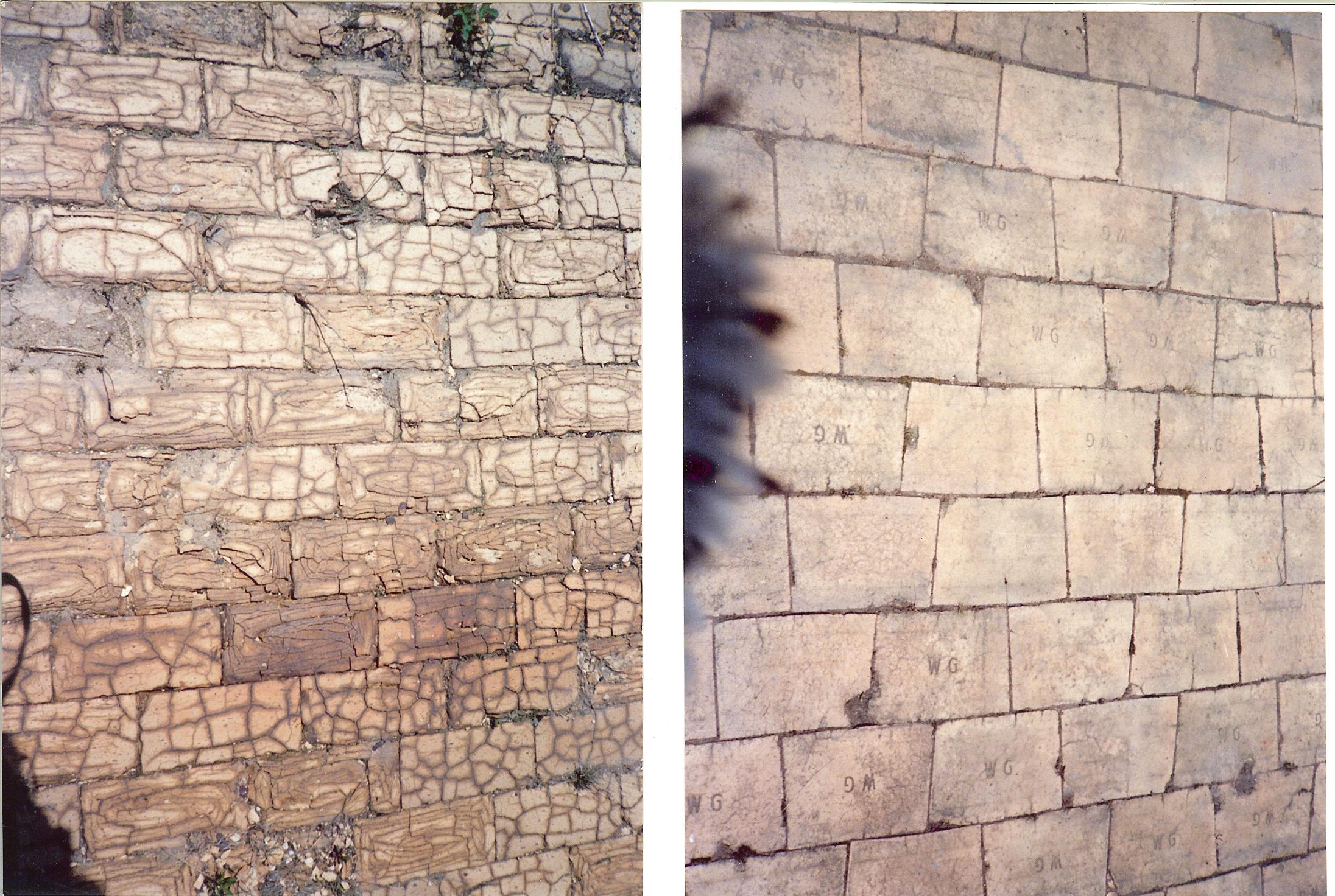In the 1950s, we paved many plant roadways with extruded and dry pressed off-grade brick. We observed the dry press brick were virtually undamaged by repeated freeze-thaw cycles, whereas the extruded pavers often failed by spalling. In addition to improved freeze-thaw failure, the dry press paver was more dimensionally accurate than extruded brick. In fact, the size control was so good, dry pressed brick could readily be substituted for segmental concrete paving brick in installations designed for concrete pavers. Extruded clay pavers could not make this claim. This was an important distinction as the segmental concrete paving business, where WG needed to create a niche, had grown from $20 million in 1960 to $250 million in 1990. The potential market for WG dry pressed pavers was the larger of any product we had produced this century. However, the dry pressed clay paver had two major limitations versus extruded clay pavers. First, the pore structure of the brick readily transmitted water by wicking action through the brick. The ground water, thus passing through the brick, often picked up soluble salts from the ground and left unsightly discoloration on the surface of the brick after the water evaporated into the air. Ten years of work have continuously reduced the impact of this limitation, but more improvement is needed if we are to truly exploit the potential of the product. Secondly, the strength of the pavers was less than an extruded brick. the strength has been increased by adjustments in the raw material mix.



